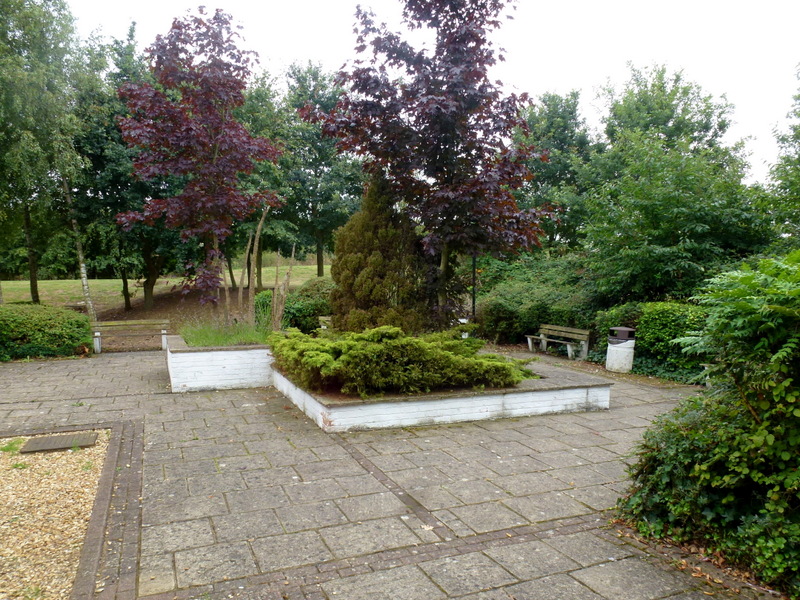Hard landscape
Hard landscape (also referred to as hardscape) is a term used to describe the non-plant material used in landscaping, such as a park or garden. The term is most commonly used by landscape architects and other professional garden designers who have been hired to enhance a landscape.
In their most basic form, hard landscaping elements can provide support for soft landscaping components such as plants, trees, soil and so on. Ideally, both elements should work together to create a cohesive space that is naturally linked to the world around it.
Elements of hard landscaping can be either natural or artificial. Examples include retaining walls, paving material, driveways, walkways, decking, steps and so on. They can also include planters, gazebos, outdoor kitchens, fountains and permanent furniture.
Other hard landscape elements might include:
- Paths.
- Patios.
- Sculptures.
- Fencing.
- Drainage systems.
- Irrigation systems.
- Lights.
- Structures (e.g. sheds, pergolas, follies, greenhouses).
- Water features (e.g. fountains, ponds, creeks, waterfalls).
- Trellises.
- Gates.
Hard landscaping elements can create outdoor spaces that can be used for multiple purposes. When fitted with electronic equipment for sound, lighting, heating and other comforts, these outdoor areas can serve as extra 'rooms' for entertaining.
It may also form part of the design of safety, security, lighting, privacy planning and so on.
For planning purposes, landscape practitioners may approach hard landscaping early in the process since it typically provides the framework for the plant-based aspects of the project.
Part of the importance of hard landscape planning has to do with the management of water. The hard landscaping foundation can control moisture levels by storing or draining water and supporting irrigation systems. It can also help prevent soil erosion.
Hard landscaping paths can protect grass and other soft elements from damage caused by footfall.
Another practical aspect of hard landscaping is its ability to help prevent issues with buildings such as flooding, rot or cracks that could be created by excessive groundwater or planting.
[edit] Related articles on Designing Buildings Wiki
Featured articles and news
RTPI leader to become new CIOB Chief Executive Officer
Dr Victoria Hills MRTPI, FICE to take over after Caroline Gumble’s departure.
Social and affordable housing, a long term plan for delivery
The “Delivering a Decade of Renewal for Social and Affordable Housing” strategy sets out future path.
A change to adoptive architecture
Effects of global weather warming on architectural detailing, material choice and human interaction.
The proposed publicly owned and backed subsidiary of Homes England, to facilitate new homes.
How big is the problem and what can we do to mitigate the effects?
Overheating guidance and tools for building designers
A number of cool guides to help with the heat.
The UK's Modern Industrial Strategy: A 10 year plan
Previous consultation criticism, current key elements and general support with some persisting reservations.
Building Safety Regulator reforms
New roles, new staff and a new fast track service pave the way for a single construction regulator.
Architectural Technologist CPDs and Communications
CIAT CPD… and how you can do it!
Cooling centres and cool spaces
Managing extreme heat in cities by directing the public to places for heat stress relief and water sources.
Winter gardens: A brief history and warm variations
Extending the season with glass in different forms and terms.
Restoring Great Yarmouth's Winter Gardens
Transforming one of the least sustainable constructions imaginable.
Construction Skills Mission Board launch sector drive
Newly formed government and industry collaboration set strategy for recruiting an additional 100,000 construction workers a year.
New Architects Code comes into effect in September 2025
ARB Architects Code of Conduct and Practice available with ongoing consultation regarding guidance.
Welsh Skills Body (Medr) launches ambitious plan
The new skills body brings together funding and regulation of tertiary education and research for the devolved nation.
Paul Gandy FCIOB announced as next CIOB President
Former Tilbury Douglas CEO takes helm.
UK Infrastructure: A 10 Year Strategy. In brief with reactions
With the National Infrastructure and Service Transformation Authority (NISTA).























